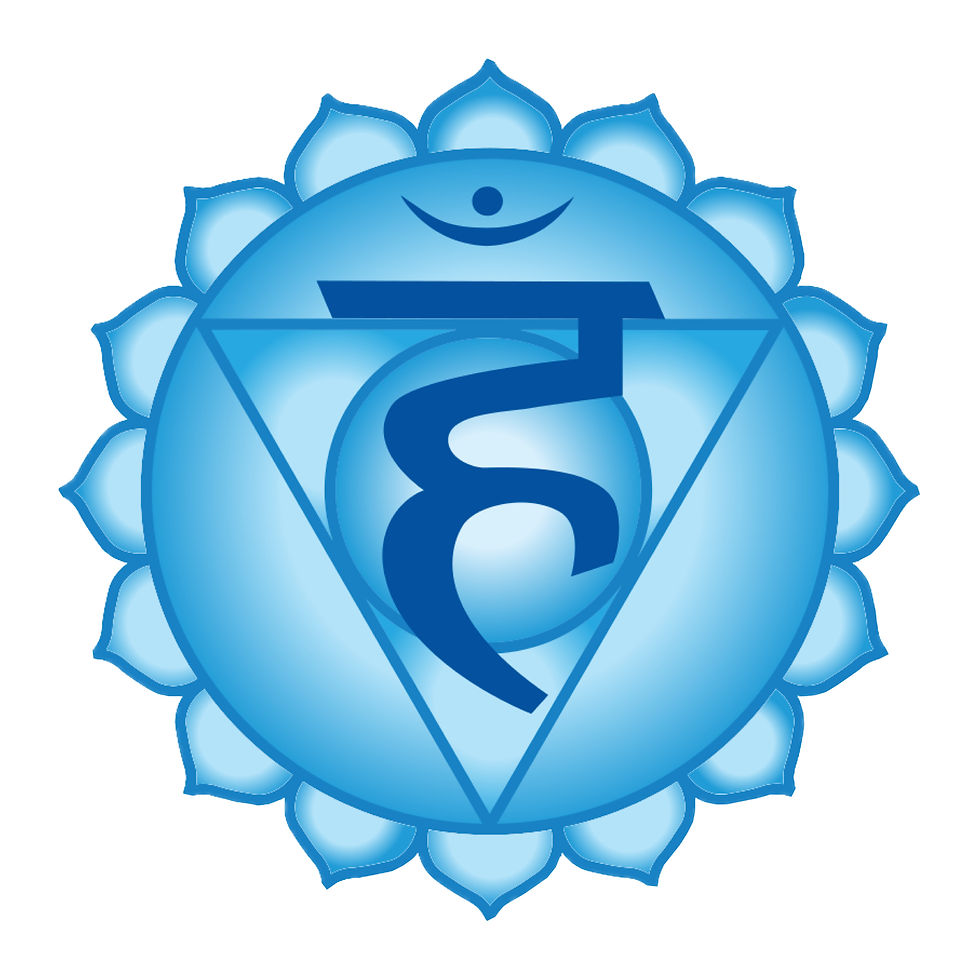Anxiety and Yoga
- greenstreamyoga
- Apr 9
- 3 min read
Anxiety is a condition in which a person feels unsafe and may have disconnection from their body, or in extreme cases, of even being in their own body. In the Disney Pixar movie Inside Out, Riley experiences a new emotion, Anxiety, and her color is orange. What color do you identify with your anxiety?
Anxiety disorders are defined as manifestations of dysfunction in stress-response systems (SRS): the autonomic nervous system (ANS) and the hypothalamic-pituitary-adrenal axis (HPA). Over activity in the sympathetic nervous system (SNS) and under activity in the parasympathetic nervous system (PNS).
Included among the group of disorders are obsessive-compulsive disorders (OCD), generalized anxiety disorder (GAD), panic disorder, phobias, acute stress disorder, and post traumatic stress disorder (PTSD)
An estimated 19.1% of US adults had an anxiety disorder in the past year. Past year prevalence of an anxiety disorder was higher for females (23.4%) than for males (14.3%). An estimated 31.1% of US adults experience an anxiety disorder at some time in their lives.
Anxiety disorders can cause different side effects for each individual and often interfere with life’s everyday activities. Some of these side effects can include but are not limited to:
> Intense feelings of panic, fear and/or dread; overwhelming feeling of impending disaster or catastrophic thinking
> Persistent and unwanted feelings or thoughts; racing thoughts sometimes accompanied by repetitive behavior or compulsions, ie. hand washing
> Elevated heart rate and blood pressure; sweaty palms; nausea
> Fast movements or fidgeting; faster and/or shallow breathing
Previously published research on the studies of yoga for anxiety led authors to conclude that it was impossible to assess the effectiveness of yoga for anxiety disorders. (Jorm, 2004; and Kirkwood, Rampes, Tuffrey, Richardson, & Pilkington, 2005). There were variations in these studies and methodological limitations. One included a range of study types but no formal quality assessment.
More recently, researchers have concluded that yes, yoga improves symptoms of Generalized anxiety disorder, in some people. A study completed by researchers at NYU Grossman School of Medicine in 2020 concluded that yoga was “significantly more effective for GAD than standard education on stress management but not as effective as Cognitive Behavioral Therapy (CBT)”. https://nyulangone.org/news/node/19743
More studies are needed to determine the specific individual practices of yoga’s direct effect on the different and ever-changing states of anxiety. Participant’s from a 2014 trial of yoga (Anderzen-Carlsson, Persson Lundholm, Kohn, & Westerdahl, 2014) described it not as the final destination for recovery but the beginning of a process towards an “increased sense of wholeness”. Determining step by step by applying one practice at a time that result in decreased levels of anxiety and stress would be a good starting point to further understand the effects of yoga on anxiety.
Currently, there are a limited number of studies that have been completed on yoga for specific anxiety disorders. With the use of advanced technologies, such as brain imaging, we are starting to measure anatomic, neuroplastic, and neurotransmitter changes as a result of yoga.
Because yoga protocols combine large numbers of movement, breathing, and meditative practices, it makes it difficult to confirm which technique or combo of techniques are responsible for the changes in anxiety. Researchers are beginning to explore the neurophysiological mechanisms for the effects of a wider range of individual and combined practices on the states of anxiety.
The Chikitsa - Yoga Medicine
If you or someone you know is looking for ways to lower the volume on their anxiety, check out the list below for the chikitsa, the yoga medicine!
Asana > Slow flow vinyasa to “catch” the quick thoughts and quiet the mind.
Restorative > Reclining twist; Face-down relaxation pose; Side-lying pose; Legs up the wall; Child’s pose
Meditation > Guided with imagery/visualizations or one word mantra ie. “peace”; “calm”; “grounded” or body-based Yoga Nidra
Mantra/Chant > Om Mani Padme Hum “The jewel of consciousness in in the heart’s lotus” ; Om Namah Shivaya
Savasana > Side-lying with back against a wall
Keep inquiring. Keep searching. Keep trusting. You are exactly where you need to be at exactly the time you need to be there. I welcome any questions via email, text or call, so please reach out! I am here to support you. Take care of yourself and each other.
In Service,
Madi



Comments